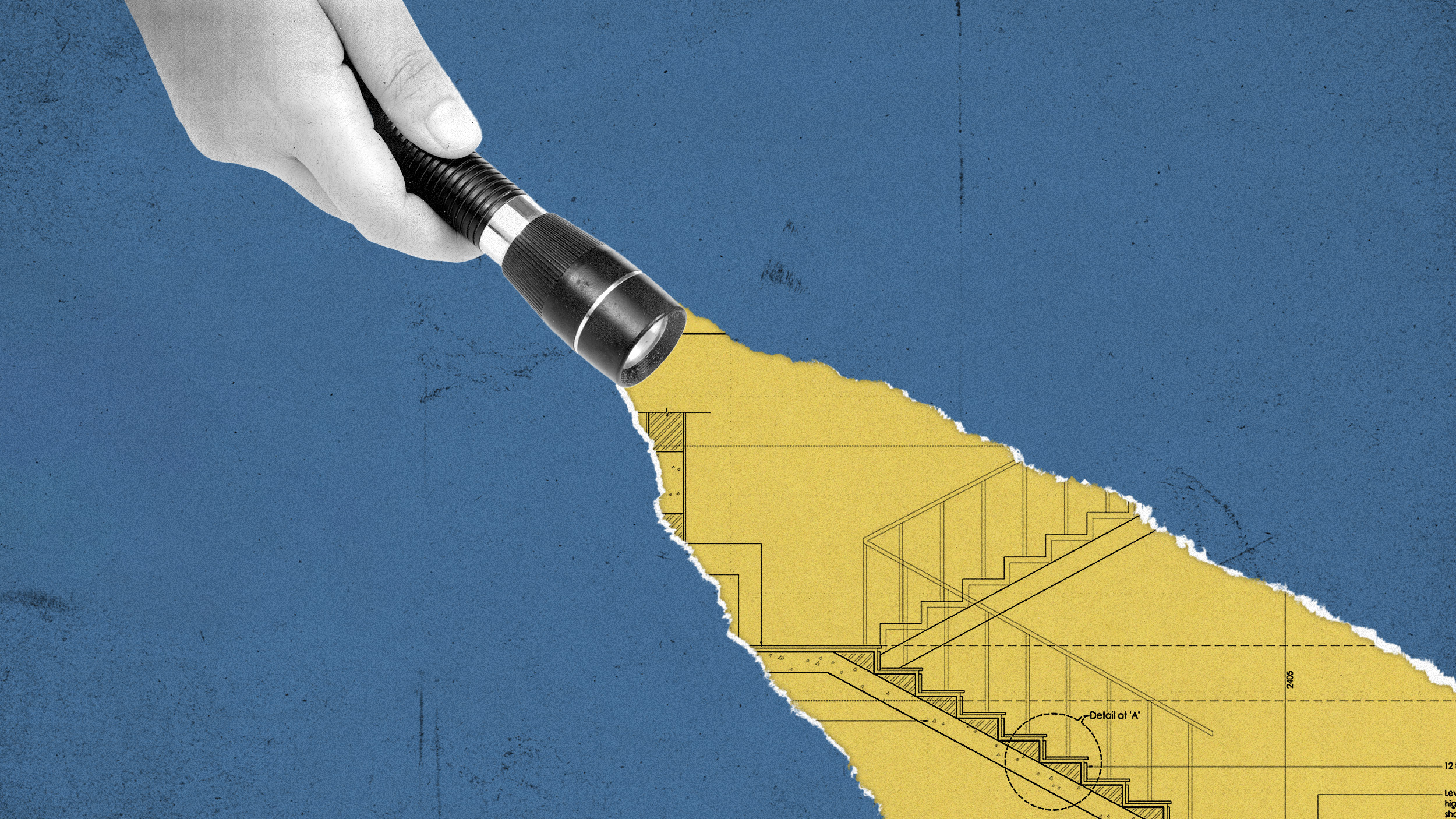Creativity training: How to develop creative skills in employees

For organizations looking to maintain a competitive edge as the pace of change accelerates, the benefits of creativity training should not be overlooked. As automation continues to take over mindless, repetitive tasks, workers are left with new and more complex problems. Creativity training can develop the skills needed to solve these challenges, such as collaboration and divergent thinking.
What does creativity training look like?
Many companies now include creativity as a core competency for employees across functions. In fact, the World Economic Forum reported that creativity was one of the most in-demand skills last year.
So, how can organizations unlock their most creative workforce? The five lessons below, from experts in creativity across fields, are an excellent jumping-off point for learning and development leaders.
The 5 methods of creativity
Innovation expert and author of The Creative Mindset, Jeff DeGraff explains that there are five types of creativity, rooted in cognitive psychology. Organizations can use these strategies to boost their creative potential:
- Mimetic creativity is the act of searching for ideas to reapply or imitate from one industry to another. (More on this method in the video below).
- Biosociative creativity is the act of connecting concepts to produce a hybrid idea, and DeGraff challenges creators to connect things that do not normally go together.
- Analogical creativity is the use of analogies to solve a challenge or, “disrupt habit-bound thinking to make way for new ideas.”
- Narratological creativity is the act of storytelling. Using an iterative process, such as storyboarding, can improve this type of creativity.
- Intuitive creativity is when a person empties their mind of distractions and allows it to freely wander, such as during meditation.
Creativity training programs that explore each of these techniques can be just what a product or marketing team needs to get the creative juices flowing.
Use improv’s “yes, and” tool
Bob Kulhan – an actor, writer, and comedian who studied under Tina Fey – says improvisation allows creativity to thrive, because it forces people to think on their feet and simply adapt to new ideas. According to Kulhan, those trying to be more creative should say “Yes” in acceptance of any idea that’s brought to them at face value, and “and…” which allows them to build upon others’ ideas. Doing so fosters an open environment which allows for more divergent thinking.
The “yes, and” tool fosters an open environment which allows for divergent thinking.
One way to incorporate these concepts into a creativity training program is to hold brainstorming sessions where the word “no” is not allowed. Organizations looking to take it a step further can hire an improv expert like Kulhan to conduct an in-person training for employees.
Lead creative collaboration
Tony Award-winning director Diane Paulus is an expert in drawing creativity out of the actors she works with. She emphasizes the importance of fostering an environment that tolerates enough instability and “play” to produce the unexpected. In order to achieve this, leaders must be willing to do three things:
1. Set the tone. The leader must genuinely care to hear what others have to say, while advocating for the big picture or goal. When motivation is low, a leader should reinforce the team’s “why.” Watch the video below to learn more.
2. Open the floor for discussion. Leaders need to intentionally solicit critical analysis from the team — what do they like or dislike about the project? This ensures that team members are fully present and invested in the project.
3. Create the conditions for team transformation. In this final step, the leader helps team members build their tolerance for instability by asking questions like, “what can we do differently?” and “what would be possible, yet unexpected?”
To avoid settling for uninspired performance, leaders should learn the nuances of these three actions, all of which can be further explored in creativity training.
Relax cognitive filters
Theoretical physicist Leonard Mlodinow says a person’s cognitive filters are “the security guards of the mind” — they lock away strange ideas in the subconscious and only let the more conventional ones pass. While sometimes necessary, these “security guards” can disconnect a person from the unusual ideas needed to solve their most taxing problems.
Mlodinow suggests that to combat these filters, a person should:
- Give their minds time for open-ended play and exploring new ideas
- Keep an open mind by avoiding anything that might lead them into a “rule following” state
- Move past the fear of failure by accepting it and not worrying about looking stupid
By developing open mindedness throughout the workforce, creativity training has the potential to not only unlock revolutionary ideas, but new revenue streams as well.

Think like Sherlock Holmes
Maria Konnikova, the bestselling author of Mastermind, believes the imagination is an often ignored component of problem solving. She encourages people to set aside time for engaging their imagination and seeing the bigger picture — much like Sherlock Holmes famously does while puffing on his pipe.
Surprisingly, this can be accomplished by taking a break from the task at hand. Even when we’re not consciously working on problems, our subconscious is. Stepping away creates space for “eureka” moments to occur. Even taking a nap can be impactful as it allows the brain to make connections and imagine solutions it wouldn’t have otherwise.
Stepping away creates space for “eureka” moments to occur.
To help employees take advantage of this creativity booster, organizations should consider offering flexible work schedules so that workers have all the time they need to take breaks and come back with a fresh perspective.
Final note
For organizations looking to develop their own creativity training programs, there’s good news: research shows that anyone can be trained to be creative. In fact, developing creative skills within existing teams can lead to even greater diversity of thought. (As compared to strictly hiring people perceived as “creative,” which can lead to groupthink).
By starting from within, L&D leaders can nurture the kind of thinking that enhances creativity and learners can go on to become change agents in the organization.





